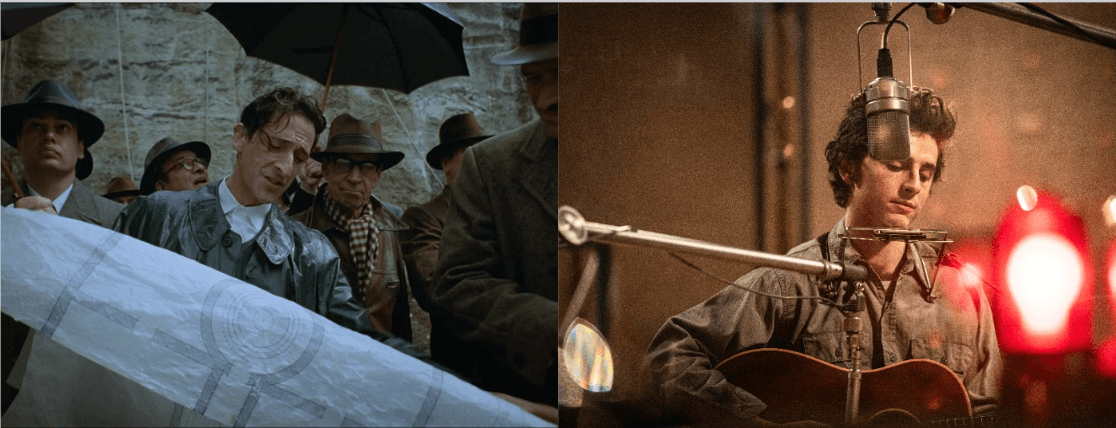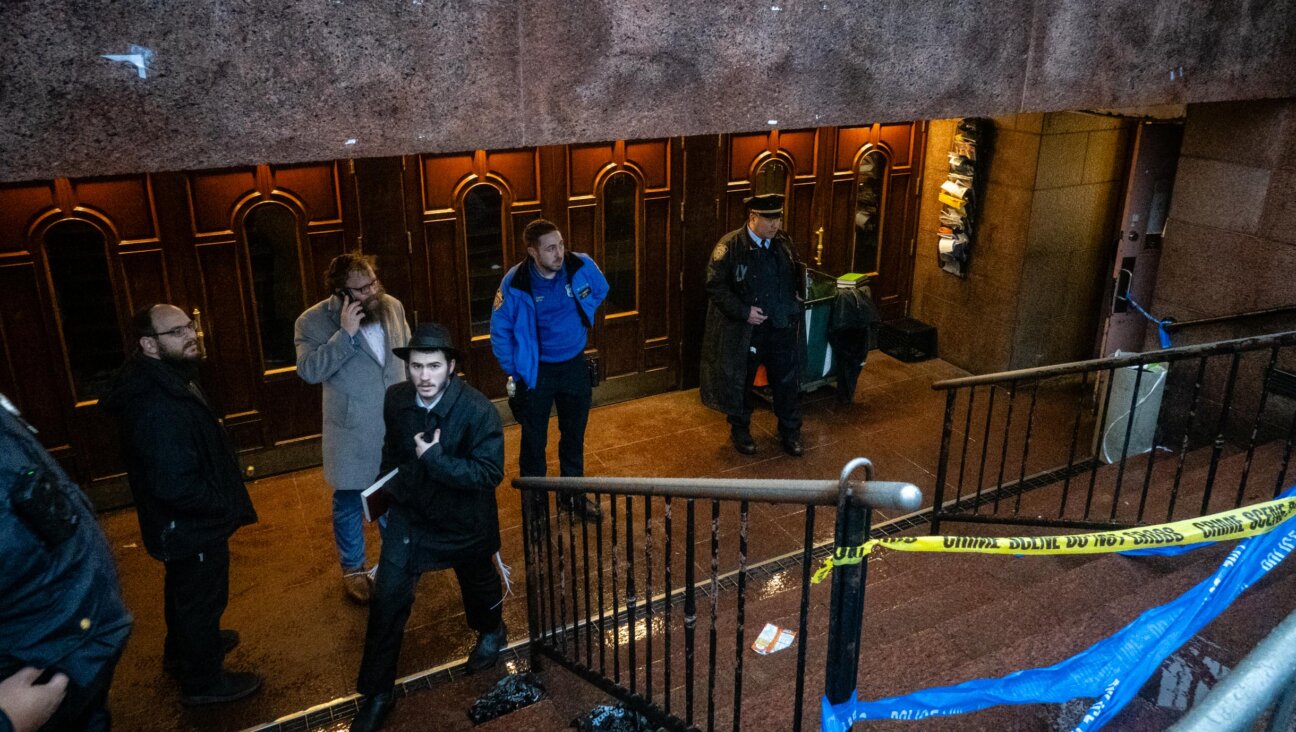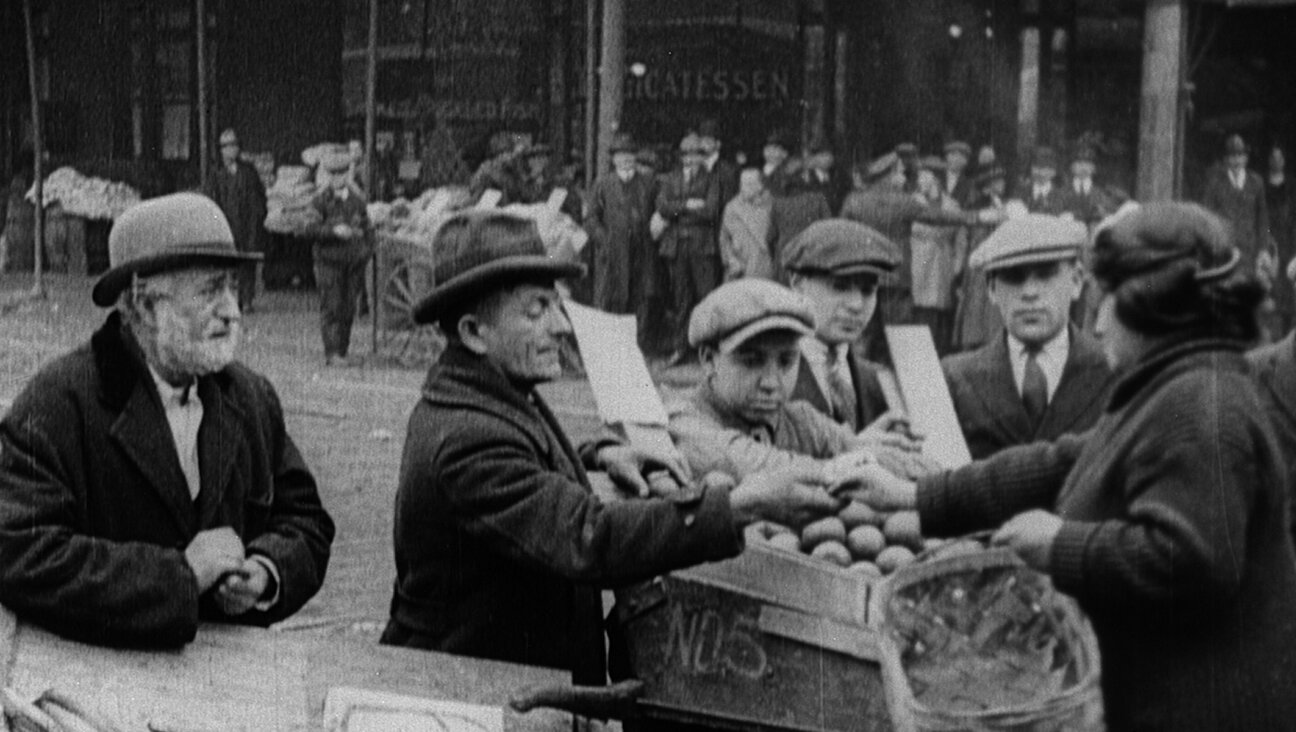7 New Books To Read This May

Image by Stewart Butterfield/Wikimedia Commons
I once read an interview with a book critic who noted that if, as a professional critic, she read five books a week for 50 years, she would only have read 13,000 books by the end of her career.
13,000 isn’t small change. But seeing the number of new and upcoming books that cross my desk each week, it’s alarming to recognize that even those who read at superhuman paces — myself not among them — will, proportionally, make only a small dent in the enormous library available. And how to choose?
As it rains outside our office windows in New York, it’s hard to imagine that the beach read months are almost upon us. Ease into the summer with some of these recommendations — some light, and some not — and remember that the goal is quality, not quantity. So take your time, and enjoy.
1) “Once More We Saw Stars: A Memoir” by Jayson Greene
Rarely has a memoir had a more tragic subject; Greene’s two-year-old daughter, Greta, was killed in 2015 when a falling brick on New York’s Upper West Side hit her in the head. In “Once More We Saw Stars,” Greene, a music journalist, movingly writes of the ordeals surrounding Greta’s death and the maw of grief that he and his family entered afterward. “I call my dear friend Anna, a dancer who left the city for Ohio. She recounts to me later that I tell her, ‘We are going to have to find friends with dead children,’” Greene wrote in an excerpt of the book published by Vulture, in a passage set in the hospital while Greta is taken off life support. “I have no recollection of uttering those words, but hearing them again months later it strikes me: Even then, some small part of me was making long-term plans for survival.”
2) “Strangers and Cousins” by Leah Hager Cohen
A wedding is in the works in Rundle Junction, and, as they must, things are going awry. Rundle Junction, New York is fictional, as are its inhabitants, but Hager Cohen’s elegant, fractured prose turns a premise that might list toward the twee into a moving, personal portrait of a family. “Her skin is a fascination to him,” Hager Cohen writes, describing an interaction between a young boy and his elderly relative. “Not only the pink-and-white part that runs down the side of her face and vanishes beneath her blouse, but all her skin, the way it drapes from the bones, cross-hatched by tiny grooves, as if someone took a fork to candle wax, the way it smells like the inside of the linen closet upstairs when you slip in and latch the door behind you in a game of hide-and-seek.”
3) “No Visible Bruises: What We Don’t Know About Domestic Violence Can Kill Us” by Rachel Louise Snyder
Snyder’s latest is essential reading, rather than light. In it, she builds on a decade’s worth of research into domestic violence to make a persuasive, thoroughly reported case that such violence is a national epidemic: “Private violence affects nearly every aspect of modern life in some way, yet the country’s collective failure to treat it as a public health issue demonstrates a stunning lack of understanding about this very pervasiveness,” she wrote in The Atlantic. But Snyder, who perfectly understands the human impulse to turn away from the suggestion of unpleasantness, works her inherently grim subject into a story that demands to be read. “Books that want to raise an alarm don’t always aspire to literature, but to be effective — to persuade — they must be literary; they must be obsessed with matters of rhythm, form and language,” The New York Times’s Parul Sehgal wrote in her review of “No Visible Bruises.” Snyder gets that balance right.
4) “The Organs of Sense” by Adam Ehrlich Sachs
Fiction often falls victim to times of extreme political tension; one of the appeals of Sachs’s debut novel is how absolutely it resists the ideological narrowing of narrative that moments like ours can invite. “The Organs of Sense,” set in 1666, is structured around a confrontation between an astronomer without eyes — yes, you read that right — and a young man who will become a brilliant mathematician. But plot and language are anything but dusty, and both work to playfully stretch the mind. “I’m always passing your assessment and you’re always passing mine, always with flying colors, this is what a conversation is, an alternating series of not-very-stringent sanity assessments, though in God’s eyes presumably we’re frequently mad,” Sachs writes.
5) “The World of the Crusades” by Christopher Tyerman
The crusades, which occurred intermittently from 1095 until roughly 1699, reshaped much of Europe, the Middle East and north Africa. While religious in justification, primarily as Christian wars against the Islamic world, Tyerman writes that “the crusades operated as part of a material, political and cultural expansion of medieval western Europe, a path of connection and contact as well as alienation and conflict.” “The World of the Crusades” may make for somewhat denser reading than other installments on this list, but it’s a precise and engaging guide to a period of history the aftereffects of which continue to impact the world today. One need only look at the post-crusade history of Jews in Europe to evaluate the extent to which the wars resonated centuries after their conclusion. As Tyerman writes, “the crusades… contribut[ed] to the spread of a climate of cultural uniformity and religious intolerance in which Jews found themselves increasingly exploited, marginalised, ghettoised [sic] and excluded.”
6) “Rabbits for Food” by Binnie Kirshenbaum
How better to welcome the (theoretically) warmer months than by reading a book that chronicles a woman undergoing mental and emotional collapse on New Year’s Eve? Kirshenbaum’s first novel since “The Scenic Route” (2009) follows its unhappy protagonist into a New York psych ward in which, while determinedly refusing to engage in treatment, she sets to writing about the other occupants. With months of misery-inducing cold in the distance, her plight will — hopefully — feel far away. But Kirshenbaum’s humor and insight make the troubling story she tells, and the troubled souls who occupy it, feel fresh.
7) “The Queen: The Forgotten Life Behind an American Myth” by Josh Levin
What was that about troubled political times? Levin, an editor at Slate, returns us to a former era of uproar, when Ronald Reagan — in 1974, running in his first presidential primary — seized on the image of a South Chicago woman named Linda Taylor, and labeled her a “welfare queen.” The label endured, eventually encompassing a range of conservative mishegas over the unproven idea that welfare programs, far from having societal use, invite systematic exploitation by those whom they were constructed to serve. But Taylor’s story dropped out of the national narrative. Here, Levin revives it, in doing so complicating political and cultural debates that have survived to this day. “Why was it this woman who became the template for a vicious, racist stereotype?” Levin recently asked in Slate. “Where did she come from, and what were the forces that shaped her?”
A message from our Publisher & CEO Rachel Fishman Feddersen

I hope you appreciated this article. Before you go, I’d like to ask you to please support the Forward’s award-winning, nonprofit journalism so that we can be prepared for whatever news 2025 brings.
At a time when other newsrooms are closing or cutting back, the Forward has removed its paywall and invested additional resources to report on the ground from Israel and around the U.S. on the impact of the war, rising antisemitism and polarized discourse.
Readers like you make it all possible. Support our work by becoming a Forward Member and connect with our journalism and your community.
— Rachel Fishman Feddersen, Publisher and CEO
























